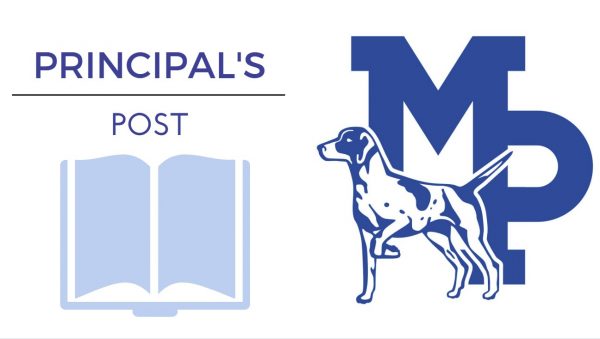 What does it mean to be “independent”? It’s one of two areas of focus for our current strategic plan. Merriam-Webster defines independence in a few ways:
What does it mean to be “independent”? It’s one of two areas of focus for our current strategic plan. Merriam-Webster defines independence in a few ways:
- not subject to control by others
- not requiring or relying on something else
- showing a desire for freedom
This begs a follow up question: How does one achieve independence? I encountered this inquiry recently at a tai chi class.
Near the end of a recent session, our teacher asked us to select one move from our long form and practice five times. For several seconds I was stuck. My mind went blank. I couldn’t remember any of the moves by name and I was not sure how to start. Thankfully, one eventually came to mind and I started practicing, although I was convinced I was doing it wrong. Our group later followed up and reflected on this experience.
What I learned through our reflection was that I was not yet independent. To be honest, I don’t attend practices enough and when I do, I am possibly too reliant on the teacher as he goes through the form with us.
I bring this topic of independence up as it is relevant to our Wednesdays for this school year. Because teachers are now instructing in two different modalities – in person and online – we felt it important to provide more time for faculty to prepare and to collaborate. Subsequently, independent learning time is in place for students on these days.
Both personally and professionally, I am excited about this opportunity. For too long, formal education has been viewed as the primary way a person can learn. Maybe this was true a hundred years ago, but with the proliferation of information today via the Internet, anyone can learn just about anything as long as they have a decent online connection, a functional computer, and a network of people and resources who can support a person’s goal and plan.
So what does this mean for schools? How can we support our kids to become more independent? Teachers have been preparing students to learn how to learn, to become more self-directed in their what they want to learn and how they can employ specific strategies and processes to be successful. We are still teaching. Yet just like my tai chi instructor, we are asking kids to try and apply their new skills more on their own.
Next are just a few ways that faculty have engaged students in becoming more independent.
- At one primary grade level, the teachers have posted on their website “Wednesday Wonderings”: a curation of student-centered videos for independent learning projects along parent resources for additional home activities. The videos walk students through an experiment. Once complete, they post their outcome and explain their process via video or image in Seesaw, their learning management system. Teachers can then offer affirmation and feedback in the comments.
- In an upper grade level, the teachers attended an online project-based learning conference this summer. Using the resources and ideas from this professional development experience, they are starting to immerse students in how to design their own projects based on personal interests. The teachers are also embedding the science and social studies standards into these projects, especially when they model the inquiry process. This new approach frees up more time for the teachers to engage in learning experiences best served during in-person instruction, including feedback on their projects they were engaged with at home.
What these experiences strive to accomplish is to build the dispositions and capacities of students to learn for a lifetime. Formal education eventually ends for us all. How can we best support our youth to be successful for “a bright future in a big world” (part of our mission statement), especially in a world that is constantly evolving? Our kids, and really all of us, need to be adaptive and flexible in these changing times.
We accomplish this by working together. Independence is sort of a misnomer; knowledge doesn’t come out of nothing. We develop understanding within the environments we both live in and create for ourselves. Just as our teachers are more effective together, just as I can achieve success in tai chi with the help of a patient instructor, students will only achieve independence if they are taught how to ask questions, to make decisions, and to develop plans for learning. Your partnership with us for these new endeavors, with the goal of developing thoughtful and active citizens for today and tomorrow, is essential to our success.
Is your child engaged in virtual-only instruction? On Wednesdays, Ms. Uppena and I will be hosting a book club/inquiry circle for these students in grades 1-2 and 3-5, respectively. Sign up at the link below and you will receive an invitation which includes dates, times, and links to the digital tools we will be using to connect. (Again, for virtual-only students.)
Book Club and Inquiry Circle Sign Up
MATT RENWICK
PRINCIPAL, ELEMENTARY SCHOOL
Matt has served for 20 years in public education. He started as a 5th and 6th grade teacher in a country school outside of Wisconsin Rapids, WI. After seven years of teaching, Matt served as an assistant principal, athletic director, and building principal all in Wisconsin Rapids. As an elementary principal with the Mineral Point Unified School District, he enjoys working with students, staff, and families in a collective pursuit of continuous learning.

